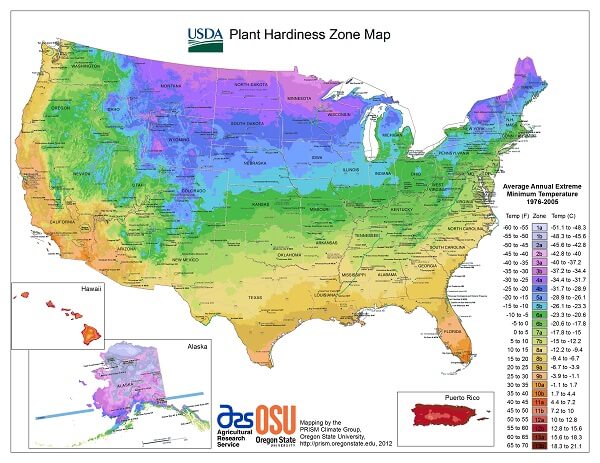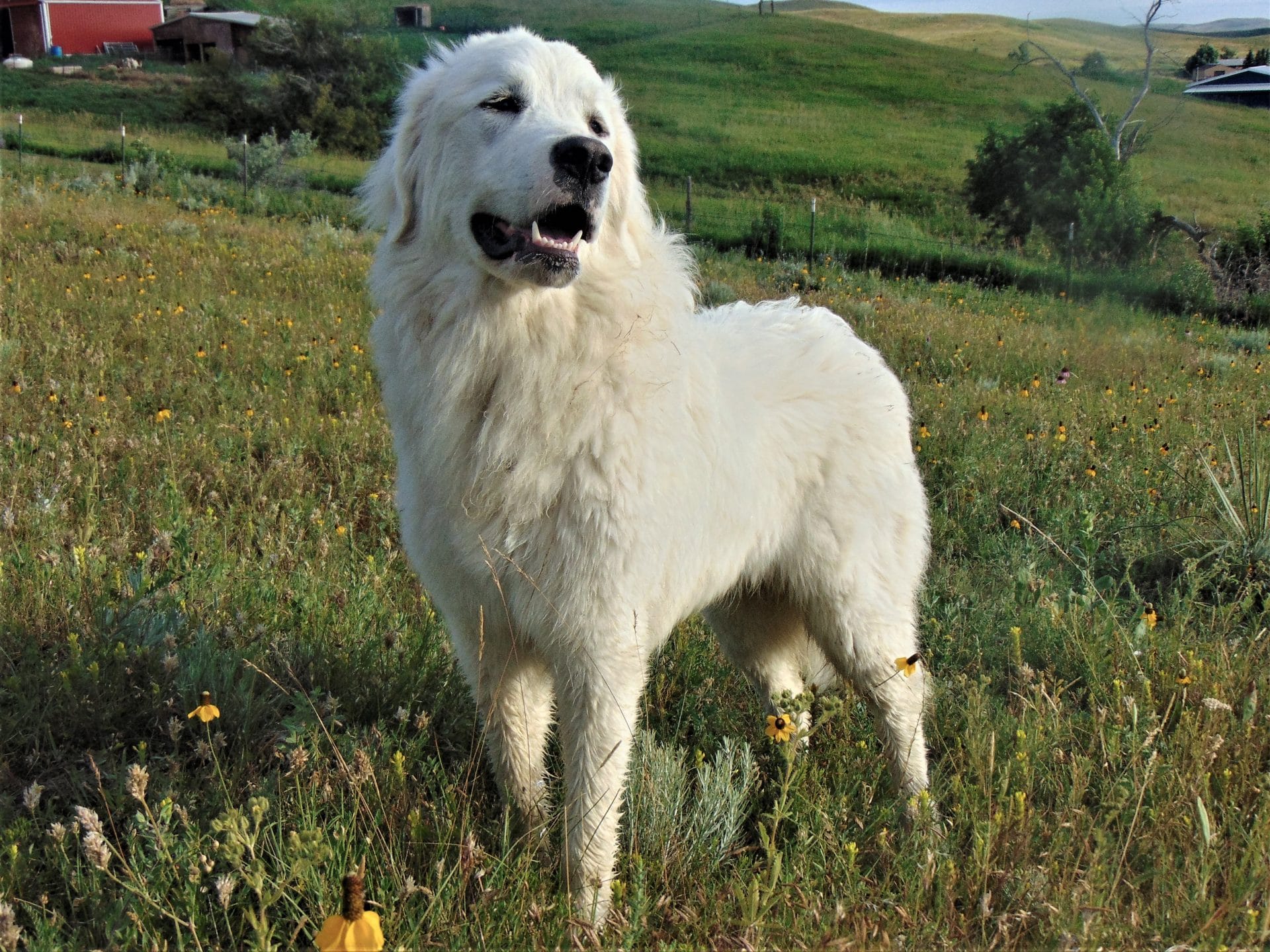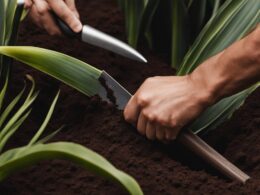- US planting zones are geographical areas that classify the average temperature range during the growing season, helping gardeners and growers select plants that can thrive in specific climates.
- The USDA Plant Hardiness Zone Map is a valuable resource for identifying suitable plants based on factors such as climate, soil type, and average low temperatures. You can find your zone using zip codes or state information or consult with local nurseries familiar with your area’s growing conditions.
- Gardening in your zone involves selecting recommended plants suited for your hardiness zone and adapting planting times to account for microclimates and variations in zones. Gardening in your specific planting zone has benefits of increased success and yield, reduced cost and waste, environmental conservation by promoting sustainability practices which contribute to fighting climate change whilst maintaining healthy gardens with high yields coupled with numerous health benefits through access to fresh organic produce.
- Community-building opportunities arise from gardening communities whereby shared knowledge resources are created.
Understanding Planting Zones
Planting zones are geographical areas classified according to their average temperature range during the growing season, allowing gardeners and growers to select plants that are adapted to thrive in specific climates.
Definition And Importance Of Planting Zones
Planting zones, also known as hardiness zones or growing zones, play a crucial role in the world of horticulture. These geographical classifications help gardeners and growers determine which plants are likely to thrive in their specific area based on factors such as climate, soil type, and average low temperatures. The importance of planting zones cannot be overstated. For example, a plant that is suited for Zone 3 might not survive if it’s planted in Zone 9 because the temperature ranges differ significantly between these two regions. The USDA Plant Hardiness Zone Map takes into account various environmental factors that impact plant growth – including frost tolerance – to help individuals select appropriate flora for their gardens or commercial greenhouses.The USDA Plant Hardiness Zone Map
The USDA Plant Hardiness Zone Map is a crucial resource for gardeners and horticulturists alike, as it helps us understand which plants can thrive in the various climate zones across North America. This map is based on average annual minimum winter temperatures of each region and is divided into eleven distinct zones with a 10ºF difference between each zone. One real-life example of using the USDA Plant Hardiness Zone Map would be how someone living in Seattle (Zone 8b) could identify suitable plants that are frost-tolerant enough to withstand their particular environmental conditions. By consulting this invaluable tool, gardeners can make well-informed decisions about planting strategies, ensuring their efforts result in healthy, robust gardens that contribute positively to their local ecosystems.Factors That Affect Plant Growth
A wide range of factors play a crucial role in determining plant growth, and understanding these variables is essential for gardening success. Two primary aspects that significantly impact a plant’s ability to thrive are hardiness – their resistance to cold temperatures – and heat tolerance. For instance, some plants can withstand freezing conditions while others may wither at the first sign of frost. Air quality also plays an important part in the overall health of your plants since pollutants can hinder growth or cause damage. Furthermore, it’s essential to consider day vs. night temperatures due to potential fluctuations that could affect the well-being of certain vegetation types.What Planting Zone is Optimal for Poinsettia Plants?
To ensure keeping poinsettia plants healthy all season, it is crucial to consider the optimal planting zone. Poinsettias thrive best in USDA hardiness zones 9 to 11, where the temperatures remain consistently mild. These zones provide the ideal conditions for poinsettias’ vibrant blooms and maintain the plant’s overall health throughout the year.








